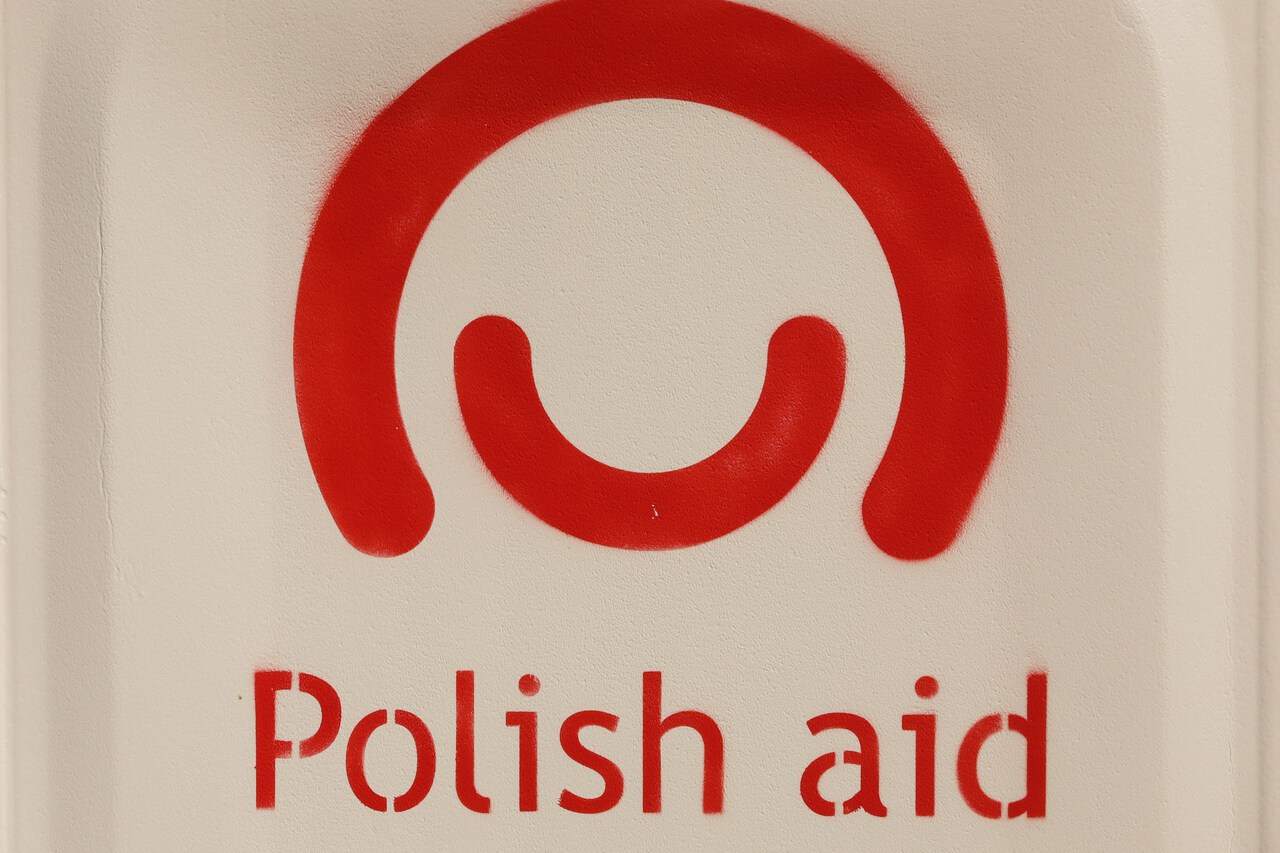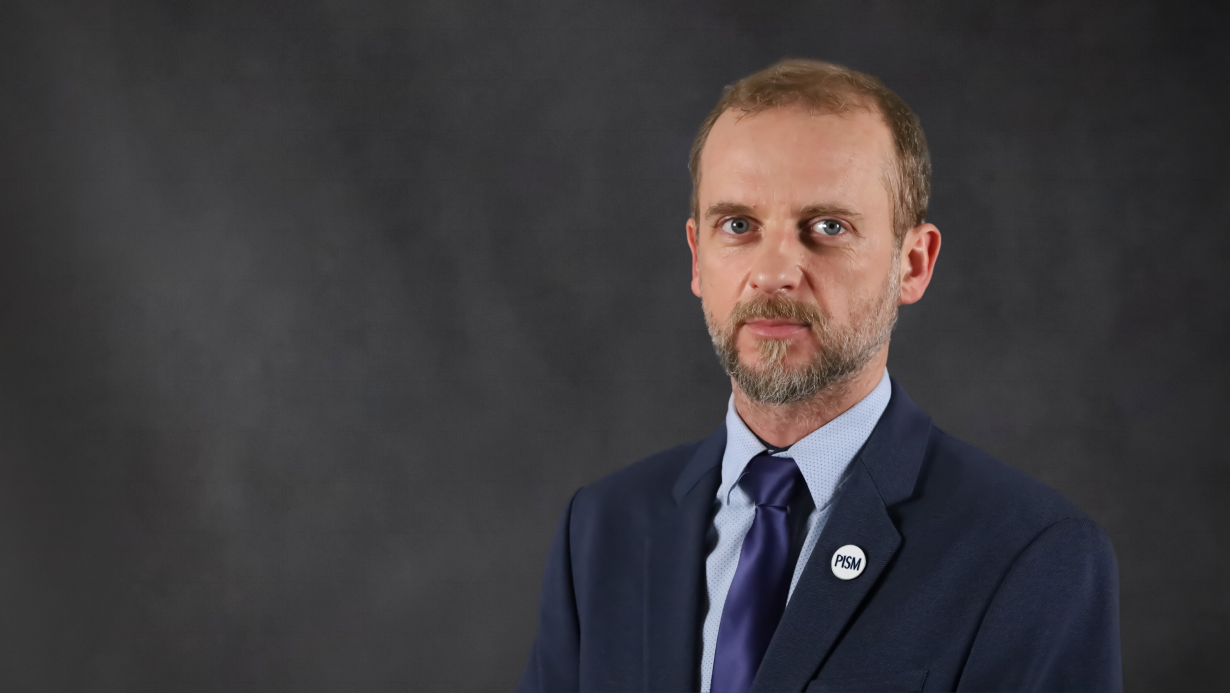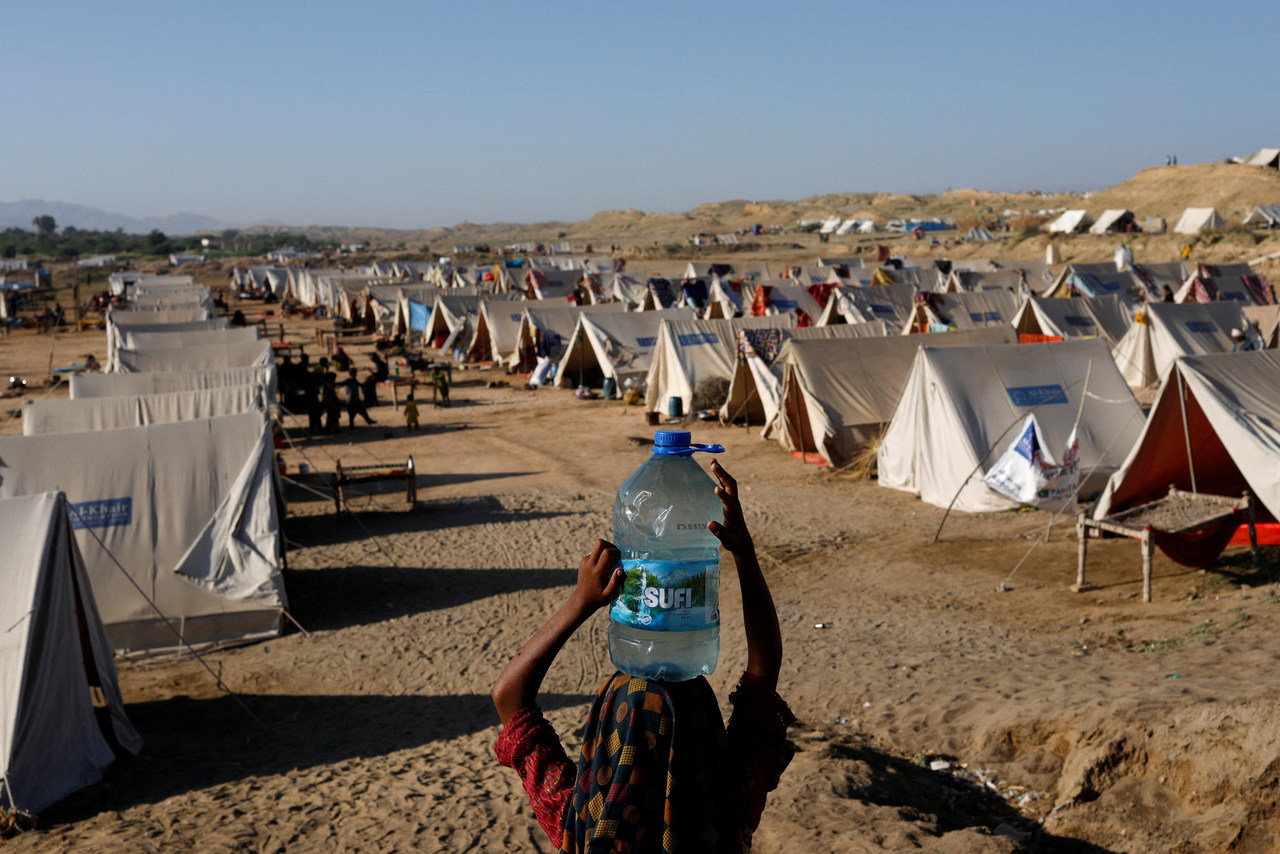Poland Reflects on 20 years of Contemporary Development Cooperation Policy
The paper “OECD Development Co-operation Peer Reviews: Poland 2023”, published on 8 December, shows that Poland does not make optimal use of this foreign policy instrument. After 20 years of operation, the aid system requires fundamental changes to better respond to today’s international challenges and serve the interests of the Republic of Poland more effectively. Improving development cooperation is also a condition for playing an important role in the reconstruction of Ukraine and may become one of the pillars of Poland’s global strategy. This requires recognising aid as a key instrument in external relations, increasing the budget of bilateral aid, and structural and legislative reforms.
 Andrzej Hulimka / Forum
Andrzej Hulimka / Forum
Evolution of the Development Assistance System
October marked 10 years since Poland joined the OECD Development Assistance Committee (DAC), a group of the largest donors of Official Development Assistance (ODA). In 2024, 20 years will have passed since Poland's accession to the EU and the adoption of the “Strategy of the Republic of Poland's foreign policy towards developing countries”, which can be considered the beginning of the creation of a new system of development cooperation policy. During this time, Poland built the legal, institutional, and strategic framework for the system of providing support to developing countries. Since 2004, the Department of Development Cooperation of the Ministry of Foreign Affairs has played a key role in planning and implementing this policy. The state’s activities in this area are determined by annual development cooperation plans, indicating, among others, division of aid funds.
The Polish Development Cooperation Act of 2011 included a broad definition of development policy and the forms and principles of providing support. On its basis, the Development Cooperation Programme Council was established. In 2012, the Council of Ministers adopted the first Multiannual Development Cooperation Programme, which, among other things, indicated priority countries and thematic areas. Further strategies were adopted in 2016 and 2021 (with a perspective until 2030). The value of ODA provided by Poland increased from $378 million in 2010 to $984 million in 2021. This was an increase from 0.08% of Gross National Income (GNI) to 0.15% of GNI, which, however, remained well below the 0.33% of GNI target that Poland had committed to within the EU. Only in 2022 did ODA increase to the highest level in history, $3.4 billion (0.51% of GNI), which was possible, however, only because of the inclusion of aid for refugees from Ukraine staying in Poland.
Polish aid goes mostly to the Eastern Partnership countries (mainly Ukraine and Belarus), and to a lesser extent to other regions, such as Africa. The main areas of support are education, healthcare, medical rescue, agriculture, and entrepreneurship development. Over time, supporting democracy and systemic transformation became less and less important. Central offices (ministries), diplomatic missions, and non-governmental organisations play a key role in managing the funds. In recent years, the importance of the Solidarity Fund PL (FSM) and Bank Gospodarstwa Krajowego (BGK) has increased, and they obtained EU certification (Pillar Assessments), entitling them to manage EU development funds.
Main Challenges
The OECD DAC report points to a number of long-term and well-known weaknesses in the Polish aid system. It also shows little progress since the last review in 2017. Of the 15 recommendations identified back then by the OECD, eight have been partially implemented and seven not at all. The main weaknesses of the system are the result of financial, institutional, and political issues. First, Poland has a small bilateral budget for aid activities. Traditionally, most of the aid (an average of 70-80%) is provided through multilateral channels (mainly through payments to the EU budget), and almost half of the bilateral aid is scholarships for studies in Poland. Moreover, support for Ukrainian refugees, which inflated the aid budget in 2022, can only be booked as ODA for a 12 month period. As a result, only a small part of Polish ODA is programmable aid, which goes to partner countries for programmes implemented there.
Second, the Polish aid system is fragmented and ineffective. The participation of a number of various ministries (including Education, Finance, Internal Affairs, and Administration) in implementing ODA hinders the coordinating role of the Ministry of Foreign Affairs (MFA) and the coherence of Polish aid. The applicable regulations limit the possibility of implementing multi-annual projects. Blended financial instruments allowing the involvement of the private sector have not been introduced on a larger scale. The implementation of many small projects engages the limited resources at the MFA, where there is no system for retaining specialists and improving their qualifications. The system is further complicated by the unspecified position of FSM, which is to act as a development agency, and BGK, which is to be the Polish development bank.
Underinvestment and failure to complete the construction of the aid system result from a third, and key, reason—low interest in development policy as an instrument of foreign policy. Despite high public support in Poland for providing aid (65% in December 2022), this topic has never been an important area of parliamentary or public debate. Despite the support visible in the polling, aid is treated as an unwanted necessity, not a strategic tool serving, among others, to build influence in the world. Underestimating the potential of this instrument results in aid receiving a limited budget and little political support for more active use.
International Context
Improving the development assistance system is necessary in the context of, among others, the unstable situation in Eastern Europe and changes taking place in international development cooperation. Maintaining support for Ukraine and participating in its reconstruction will require the allocation of larger amounts of aid funds that will create business opportunities. For Poland to play an important role in this process and have access to international funds, there is a need to increase ODA spending, adopt modern instruments and support national partners, including NGOs and businesses.
The greater importance of aid is also connected to the growing needs of developing countries, resulting from, among others, delays in the implementation of the UN Sustainable Development Goals, the effects of the COVID-19 pandemic, wars, and humanitarian and climate crises. In this context, development aid is used by more and more countries and international organisations, including the EU, as a strategic foreign policy instrument. This process is accompanied by the use of aid to support foreign investment. New, mixed financial instruments are intended to mobilise private capital for investments in developing countries, as well as to provide support for companies, including EU firms, interested in new markets. The announcements of huge investment support from the EU (e.g., €300 billion under the Global Gateway) also open up opportunities to manage these funds for Member States with development agencies and banks.
Conclusions and Recommendations
So far, Poland has treated development assistance as an insignificant dimension of foreign policy. A small budget, institutional dispersion and legal restrictions meant that development aid was a modest promotional tool of little importance for Poland and its partners. The new international situation (including the growing needs of the Global South, attempts to increase the influence of Russia and China in developing countries, the war in Ukraine) increases the role of development assistance in the foreign policy of countries. An effective aid system will be of fundamental importance, for example, in taking advantage of the opportunities related to the reconstruction of Ukraine. This raises the need for serious reform of Polish development policy, which will require several elements.
First, it is necessary to treat development aid not as an insignificant tool but rather give it the status of one of the basic instruments of Poland’s global policy. Only such an approach can ensure the necessary political and public support for the required legal, structural, and financial changes.
Second, the increasing importance of development policy requires a significant increase in the bilateral budget, especially the part called programmable ODA. The enormous needs of Ukraine and the countries of the Global South mean now is the moment to make a strategic decision to gradually fulfil Poland’s obligations to transfer 0.33% of GNI to ODA. This would mean significant additional financial resources, which would in turn strengthen the position of the Republic of Poland as one of the largest donors in the EU and give Polish diplomacy an important instrument of influence in partner countries.
Third, the effective use of more funds will require a remodelling of the entire aid system, including legislative and structural changes enabling the implementation of larger multi-annual projects or the implementation of new aid instruments. The specific reform proposals are provided by the OECD document and will also be included in the report on the challenges of the Polish aid system prepared by a team of Polish experts on the initiative of the FSM. The reform will require public debate and the development of a cross-party consensus ensuring long-term support for increasing aid regardless of political changes in the country. The result should be equipping Poland with modern tools for global influence and opening a new stage in Polish development cooperation.




.jpg)